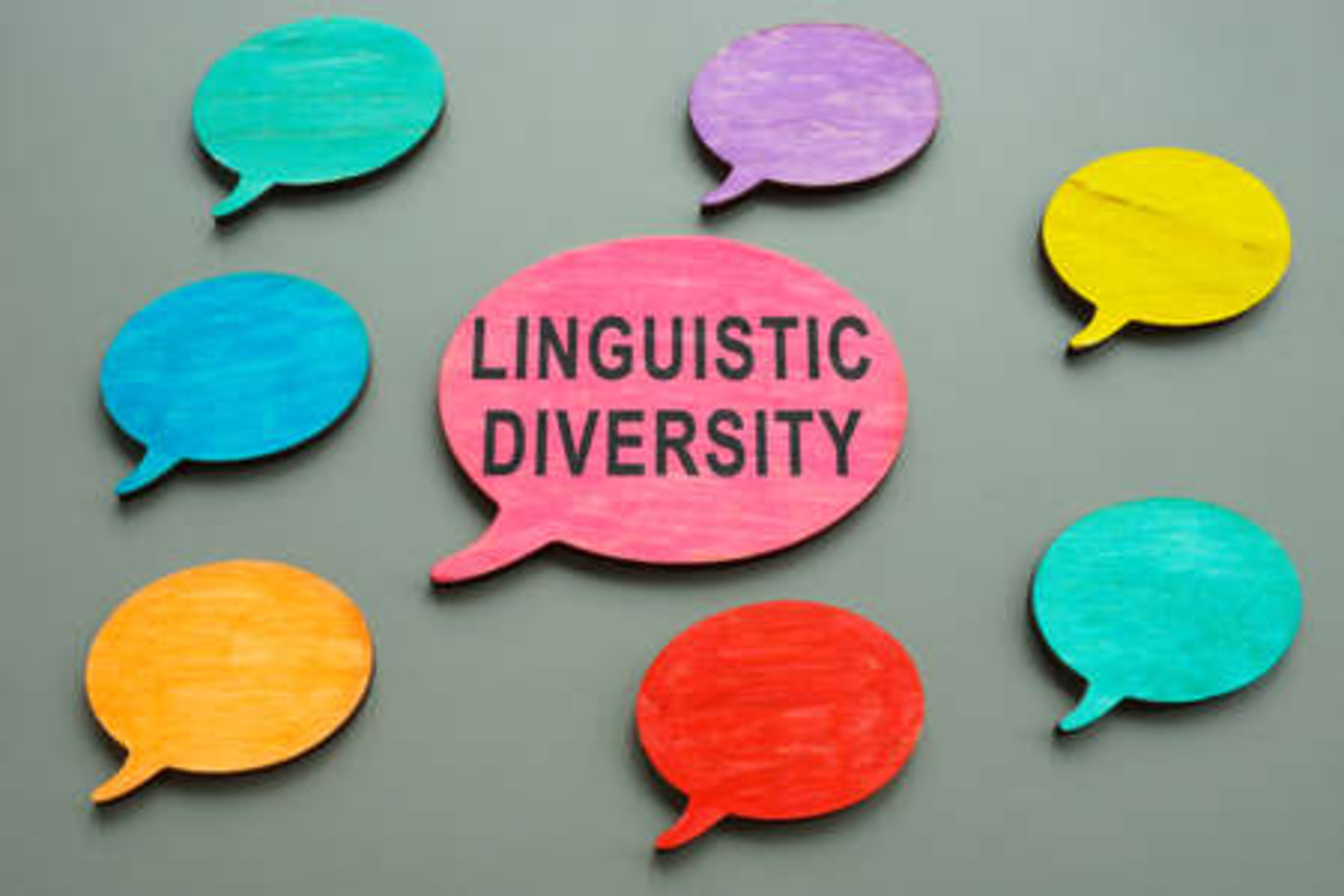Salient features of Indian Society, Diversity of India.
In News:Looking beyond Sanskrit
Discuss the threats to linguistic diversity in India and suggest measures to solve them.
India’s linguistic landscape is incredibly diverse, encompassing over 19,500 dialects and 22 officially recognized languages. However, this linguistic richness is under threat due to various factors.
Threats to Linguistic Diversity in India
- Globalisation: The influence of global corporations has led to the dominance of English, overshadowing regional and minority languages.
- Lack of intergenerational transmission: Many languages lack a written script, making intergenerational transmission difficult.
- Urbanisation and migration: Migration to urban areas often results in the assimilation of minority language speakers, as they adopt the dominant languages for better opportunities.
- Lack of institutional support: Many endangered languages lack official recognition, education materials, and institutional support, making it difficult for them to thrive.
- Digital Divide: The scarcity of online content in regional languages limits their usage, as most digital communication occurs in English.
- Government Policies: Policies often favour major languages, neglecting the needs of linguistic minorities and undermining their rights. The Indian government does not recognize languages with fewer than 10,000 speakers has led to the marginalisation of numerous smaller languages.Example: Toda, sentinelese,nihali.
- Media Influence: The dominance of English and Hindi in mainstream media can further marginalise regional languages.
These factors resulted in the endangerment of 197 languages in India with some on the brink of extinction as per UNESCO report.
Measures to preserve linguistic diversity
- Cultural events and literary programmes celebrating linguistic diversity should be encouraged
- Adequate support for publishing and disseminating literary works in all languages must be provided.
- Involving local communities in preserving and promoting their languages, creating platforms for speakers of marginalised languages to share their stories and cultural practices
- Utilising technology to develop language learning tools and digital content in local languages
- Equitable distribution of resources for promoting all Indian languages is essential. Language policies should promote inclusivity and accessibility, ensuring all communities can learn and use their native languages.
- Strengthen the implementation of constitutional provisions and language policies to protect minority languages.
- Promote multilingual education: Provide education in children’s mother tongues, as per the Three Language Formula, as envisaged in National Education Policy,2020.
- Raising awareness: Organising campaigns to sensitise people about the value of linguistic diversity and the need to preserve endangered languages. Example: International Mother Language Day annually.
By implementing these measures, India can work towards preserving its rich linguistic heritage and ensuring a more diverse and culturally vibrant future. Concerted efforts by the government, institutions, and communities are essential to safeguard endangered languages.
| Pyq : Has the formation of linguistic States strengthened the cause of Indian Unity?2016Do you agree that regionalism in India appears to be a consequence of rising cultural assertiveness? Argue. 2020How does Indian society maintain continuity in traditional social values? Enumerate the changes taking place in it. (250 words) 2021Is diversity and pluralism in India under threat due to globalisation? Justify your answer.2020In the context of diversity of India, can it be said that the regions form cultural units rather than the States? Give reasons with examples for your viewpoint.2017 |
Source:https://www.thehindu.com/opinion/op-ed/looking-beyond-sanskrit/article68622147.ece

